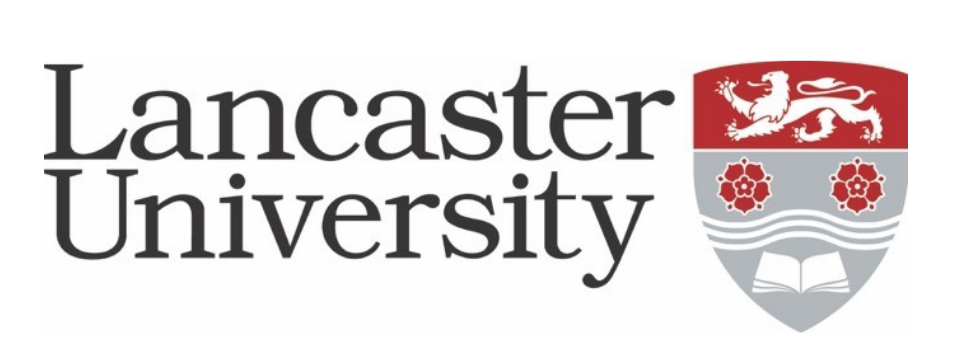Researchers at the University of Wolverhampton have developed 3D printable copper-silver alloys that demonstrate superior strength and heat transfer performance in comparison to those that are currently available.

The project was initiated by the increasing industry demand for 3D printable heat transfer materials and devices. The study was led by the Additive Manufacturing of Functional Materials (AMFM) research group who are part of the Centre for Engineering Innovation and Research (CEIR) at the University of Wolverhampton.
Highly reflective materials such as silver and copper are known to be challenging for laser 3D printing processes.
However, establishing this was significant due to the potential enhancements offered by silver and copper alloys in enabling the next generation of aerospace, automotive and biomedical devices. Silver and copper exhibit exceptional thermal properties in comparison to other metals.
Silver has the highest thermal conductivity and thermal diffusivity performance properties of any metal followed closely by copper.
However, the high reflectivity and desired thermal conductive properties create challenges for laser 3D printing due to laser energy reflection and heat dissipation hindering material meltpool generation. The research showed that the copper-silver alloys significantly outperform 3D printed pure silver, pure copper and all commercially available copper materials evaluated.
The research team, whose expertise comprise additive manufacturing (3D printing) material and process development, have been investigating combining functional materials with developments in design tools and 3D printing to create high performance 3D printable alloys and devices that show potential for healthcare, automotive, aerospace, and renewable energy applications.

































